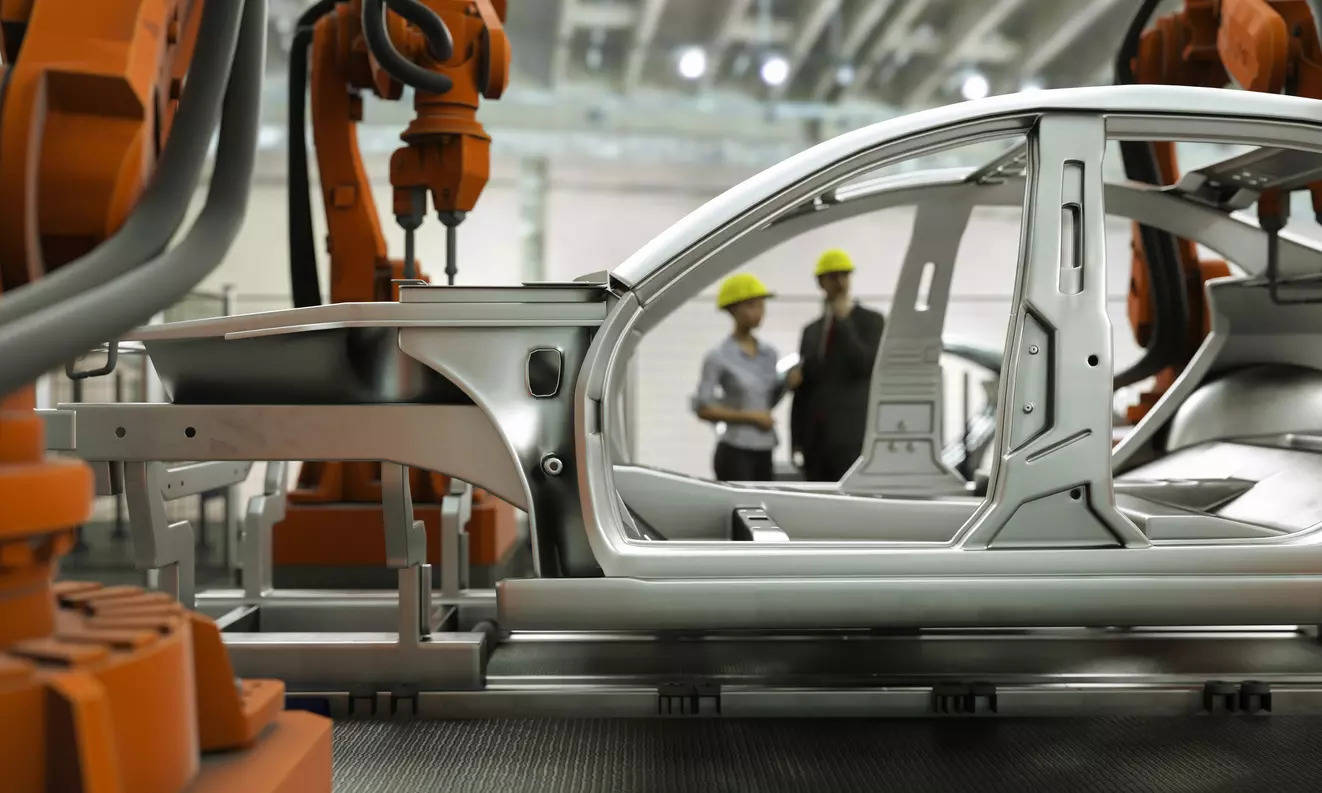
While Indian auto sector is at the cusp of transformation, its core still remains fragile due to the unavailability of skilled talent, which is crucial for advancing India from an assembler to a true global leader in automotive innovation and manufacturing. The sector still relies heavily on foreign talent, technology, and know-how, more than it should.
The skill gap has significantly embedded itself in the system, demanding a comprehensive overhaul with coordinated efforts from the government, industry, and academia. The government’s recent initiatives under the National Education Policy (NEP 2020) and the Viksit Bharat strategy in Budget 2024-25 provide a framework for skilling and employment generation, but industry and academia must dive deeper for robust solutions rather than look at sketchy collaborations or advisory roles.
Dr. Sandeep Singh Kaura, Adviser NSDC & NSDC International, & Chancellor, Lamrin Tech Skills University, Punjab, explains that the auto sector faces an 80% skill gap, including both top and bottom of the pyramid. “Our engineers are not directly employable in an industry that is transforming with new technologies.” He points to the need for industry-academia collaboration to yield better results. NEP 2020’s 60:40 industry-to-academia ratio for professional courses aims to address this by integrating hands-on experience into education.

“The most critical shortages are in areas requiring expertise in auto electric and electronics, with a high demand for technicians skilled in EV technology, battery technology, high-voltage systems, and software-driven vehicles. Additionally, expertise in data analysis and artificial intelligence (AI) is crucial for developing and maintaining modern automotive systems. To address these skill gaps and establish India as a global hub for talent, it is essential to prioritise targeted education and reskilling initiatives,” says Sitaram Kandi, Chief Human Resources Officer, Tata Motors.Adds, Ashok Mehta, CMD of Emmforce Autotech Ltd., “India can draw valuable lessons from successful international models to bridge its automotive skill gap and strengthen its position as a global automotive hub.” Germany’s dual education system, which blends vocational training with classroom learning, produces job-ready graduates. South Korea’s public-private partnerships drive global competitiveness and innovation, offering a model India could follow by incentivizing automakers to contribute to workforce development. Japan’s culture of continuous upskilling and reskilling offers another approach to foster long-term growth in the sector. “China’s aggressive promotion of vocational training and research in battery technology, electric drivetrains, and charging infrastructure under its “Made in China 2025” strategy highlights a path India can take to enhance innovation. By adopting these models, India can elevate its automotive industry to global leadership.”Pawan Bhageria, President, Global HR & Education, Tata Technologies Ltd., highlights, “The automotive industry is disrupting at very fast pace due to innovations in renewable energy powertrains, batteries, extensive use of electronics and software for vehicles operation, features etc. The cycle time for new vehicle introduction is shrinking from 45 months to 25 months. All of this has happened in a very short time leading to significant talent shortage, especially senior resources like architects, data scientists, program managers for new technology projects.”
“It is crucial to formulate and implement a strategy aimed at making India the skill capital of the world,” says Dr. Chandan Chowdhury, ED, Munjal Institute for Global Manufacturing, & Practice Professor, Indian School of Business (ISB). He highlights the global issue of aging populations and points out that India has a surplus workforce of 245 million, stressing that India must seize this moment to align education and industry for future-ready talent.
Dr. Chowdhury calls on academic institutions to revamp their curricula by utilising new education policies, aiming not only to grant degrees but also to impart industry-relevant skills. Projections indicate a global labour shortfall of 6% by 2025 and 11% by 2030, with an estimated unrealised output value due to this shortage potentially reaching USD 8.9 trillion by 2030.
Sanjay Tripathi, an automotive veteran with extensive experience in the Product Planning, Strategy, Marketing and Business Transformation, calls for a shift in the sector’s focus from being a sourcing hub for MNCs to a nation that prioritises innovation, and R&D. He stresses the need for a level playing field for talent based purely on skillsets.
















